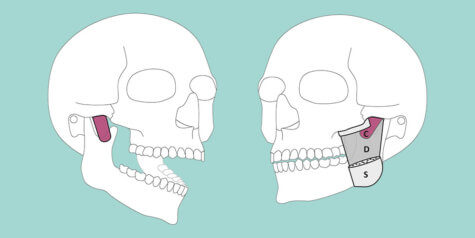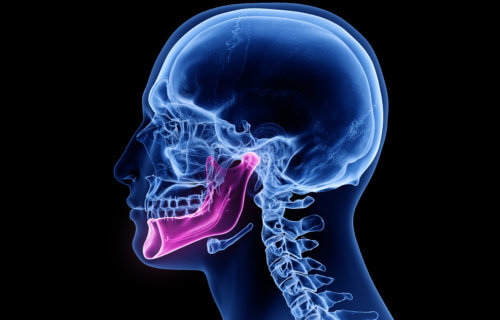BASEL, Switzerland — Somehow, the human anatomy continues to surprise. Swiss researchers report the discovery of a new jaw muscle layer, that somehow, has gone unnoticed until now.
When it comes to jaw muscles, the masseter muscle reigns supreme. Put your fingers on the back of your cheeks and push your teeth together. That muscle you feel tightening is the masseter! For years, doctors and scientists believed that the masseter muscle consists of two parts: a superficial part and a deep part.

This latest work indicates there is actually a third, deeper component of the masseter muscle. Study authors from the University of Basel want to call this third section the Musculus masseter pars coronidea. Why? The newly discovered layer of muscle appears to be part of the jaw’s “coronoid” process, which prevents dislocation and adds stability.
This was no small anatomical study. The research team deliberated over a formalin-fixed jaw musculature, computer scans, and an extensive analysis of tissue sections extracted from deceased individuals who donated their bodies to science before concluding that there is more to the jaw than meets the eye. They also performed MRI scans on living individuals during this study.
“This deep section of the masseter muscle is clearly distinguishable from the two other layers in terms of its course and function,” says Dr. Szilvia Mezey from Basel’s Department of Biomedicine in a university release.
Rewriting the medical textbooks
Dr. Mezey believes that the arrangement of the muscle fibers suggests the newly found layer helps stabilize the lower jaw. Moreover, the new section seems to be the only part of the masseter capable of pulling the lower jaw backwards toward the ears.
These findings aren’t exactly coming out of nowhere. Earlier medical texts and research have theorized there may be more to the masseter. The 1995 edition of Gray’s Anatomy, for example, describes the masseter as having three sections. That entry, however, was incorrect, contradictory, and based on the jaw musculature of other species. Meanwhile, other studies conducted in the early 2000s reported three layers, but that was just from dividing the superficial section of the masseter into two layers instead of one.
“In view of these contradictory descriptions, we wanted to examine the structure of the masseter muscle again comprehensively,” concludes Professor Jens Christoph Türp from the University Center for Dental Medicine Basel. “Although it’s generally assumed that anatomical research in the last 100 years has left no stone unturned, our finding is a bit like zoologists discovering a new species of vertebrate.”
The study is published in the journal Annals of Anatomy – Anatomischer Anzeiger.
